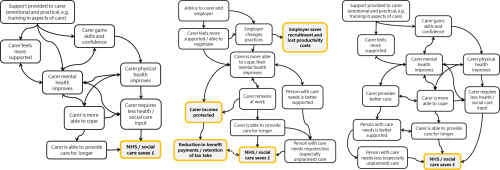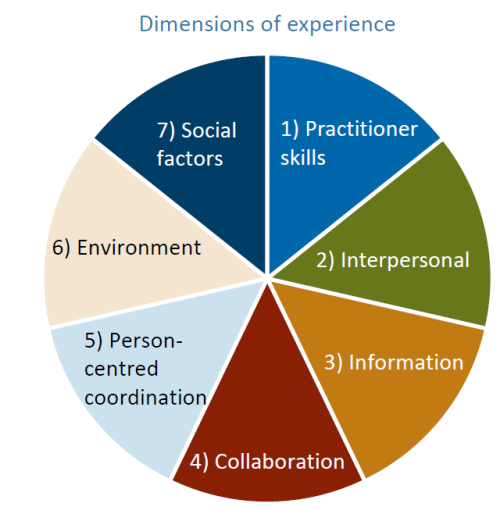
Scoping study: the economics of caring
There is a clear moral case for supporting unpaid carers.

Logic Models for Complex Programmes
Logic models have become a standard tool for planning and evaluation.
Artificial Intelligence and the NHS
This is a note of an interview with Matt Fenech of Future Advocacy

Changes in Dementia Incidence, Prevalence, Severity and Mortality
Dementia is a key priority for NHS England and is estimated to affect around 676,000 people in the country.

Scoping the Strategic Analytical Requirements for Clinical Neurosciences in England
Neurosciences encompasses a large number of services and interventions, delivered to individuals with a wide range of conditions by numerous provid
Economic impact of NHS spending in the Black Country - Full Version
The Strategy Unit is a strategic partner to the Black Country and West Birmingham Sustainability and Transformation Partnership.
Integrated Impact Assessment for Major Hospital Reconfiguration
The Strategy Unit worked as a strategic partner of the NHS Future Fit Programme in Shropshire and Telford and Wrekin from its initiation and u

Review of patient reported measures for the MCP
Embedding PROMs and PREMs into Dudley's MCP Contract

Dudley MCP Public Consultation and Equalities Impact Assessment Report
The MCP will be a new organisation, with a new contract and a remit to change the way that care in Dudley is delivered.

Integrated care: rapid evidence scan
Exploring what integration can mean in different contexts, we have summarised evidence on effectiveness and cost effectiveness of integrated care, alongside lessons for implementation and considerations for measurement and evaluation.
Unplanned admissions: rapid evidence scan
Reducing unplanned admissions is a key priority for local health economies. This rapid evidence scan will help you to navigate the evidence base on various service interventions and their impact on unscheduled care.
Using logic models in evaluation
Logic models are increasingly being used to support the design and evaluation of complex change in the NHS. This briefing provides a brief introduction to logic models and how they can be used to support evaluation of change.